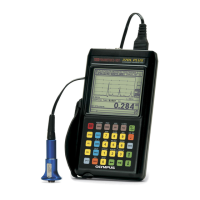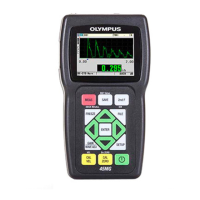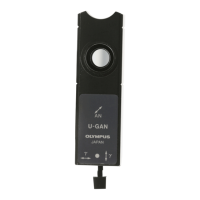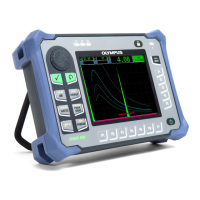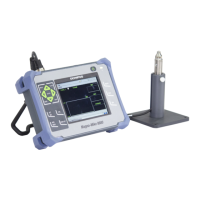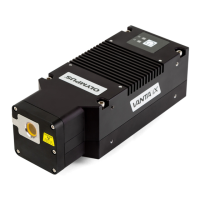DMTA-10004-01EN, Rev. D, November 2016
Dual Element Transducer Setups
217
When using generic dual element transducers, you need to determine the exact
thickness range over which you will measure. The minimum and maximum
thicknesses are highly dependent on:
• Frequency of the transducer
• Material being tested
• Roof angle of the transducer
• Delay material in the transducer
• Signal noise in the transducer
Olympus cannot guarantee the accuracy or performance with non-D79X transducers.
The user assumes all responsibility for assuring that the generic dual element
transducer is performing properly and is suitable for the application.
To build a V-path correction for a nonstandard dual element transducer
1. Ensure that the transducer is not coupled to the test material and that there is no
couplant on the tip to the transducer.
2. Press [2nd F], [CAL ZERO] (Do ZERO) to perform the transducer zero
calibration.
3. To ensure that the instrument properly detects echoes:
a) Press [RANGE] until the range value is higher than the maximum thickness
of the test block.
b) Couple the transducer to the thickest test block step, and then press [GAIN]
to adjust the gain so that the instrument properly detects the back-wall echo,
and then ensure that there are no noise signals above 20 % of the screen
height.

